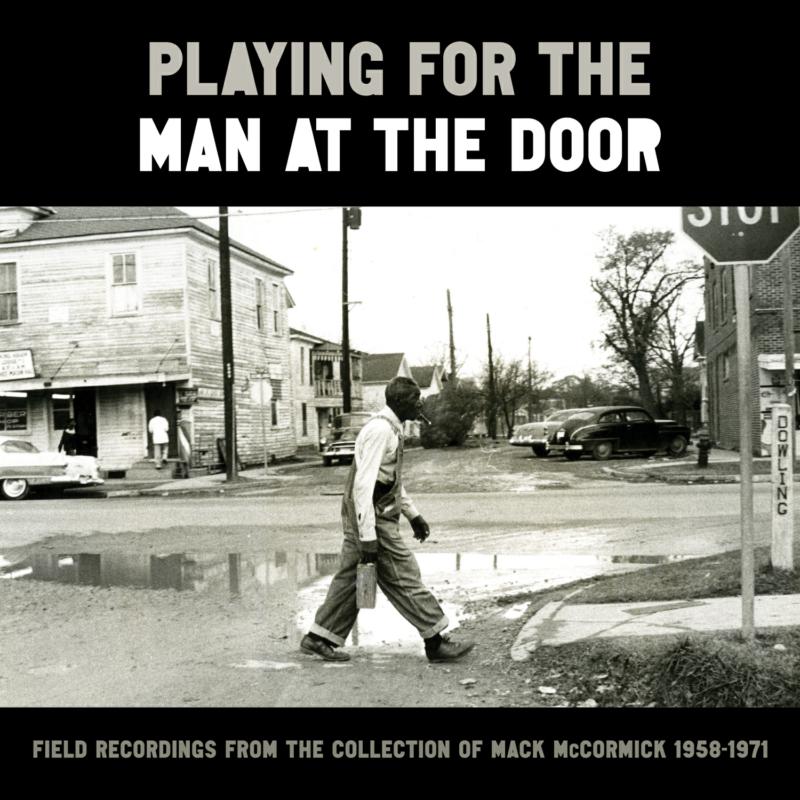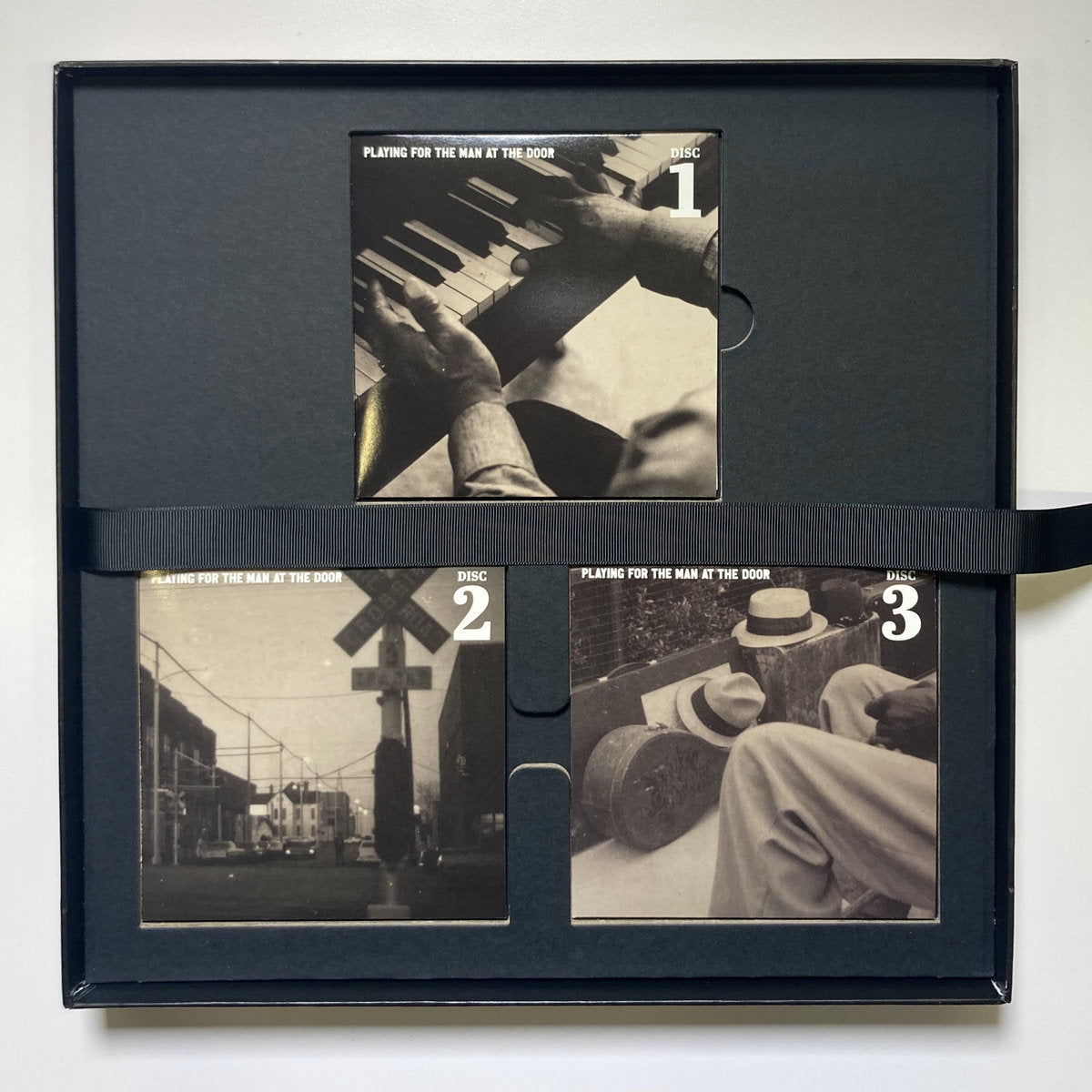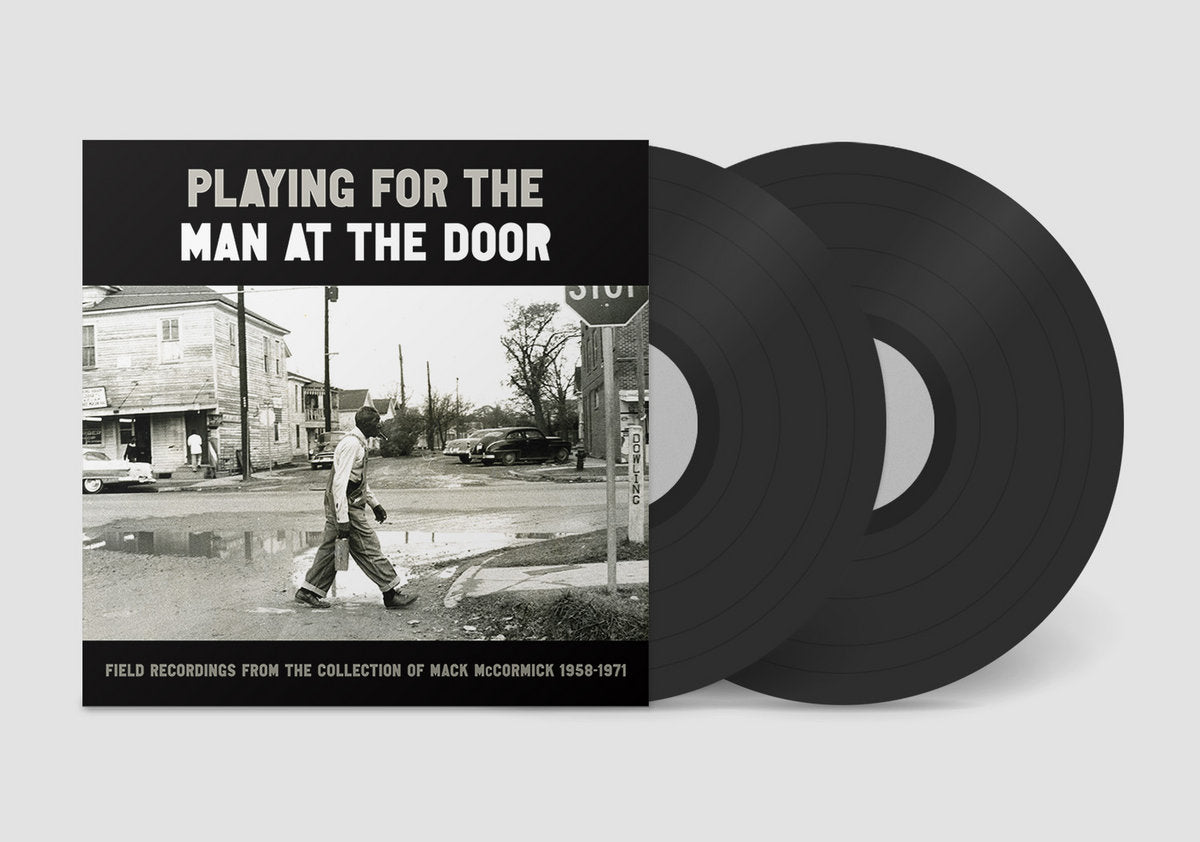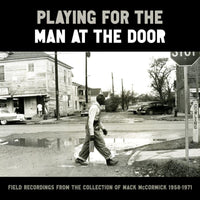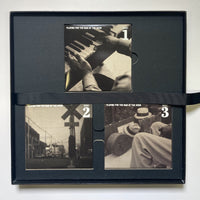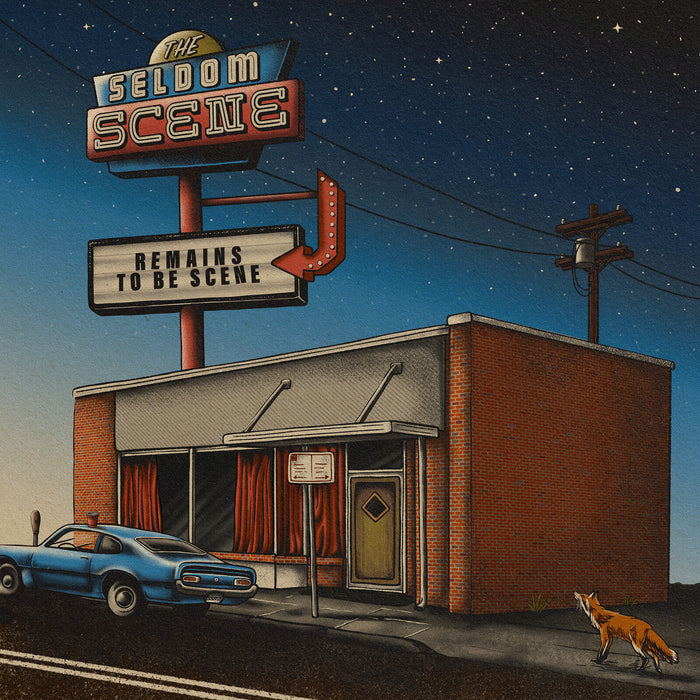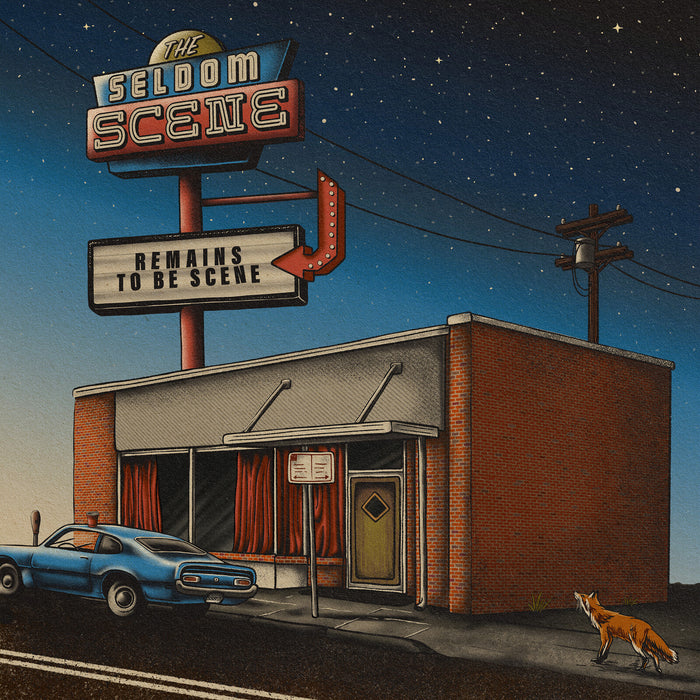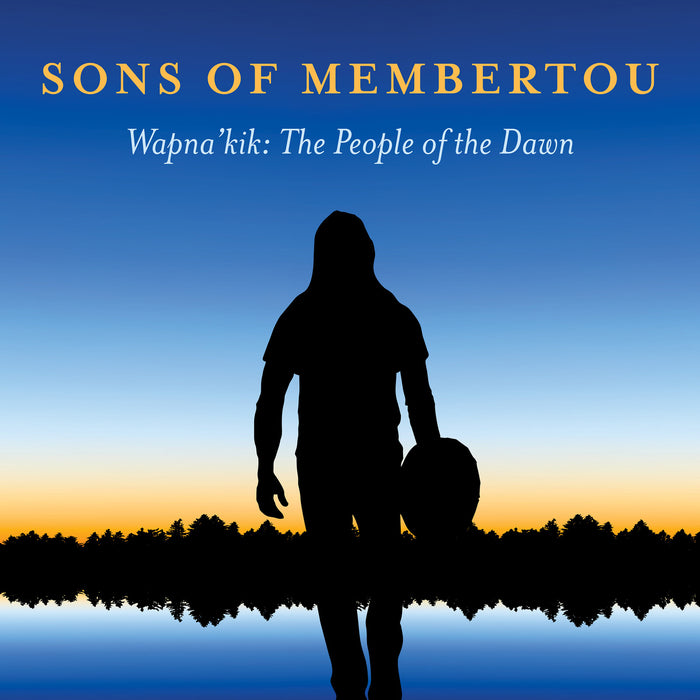Description
In the 1950s and 60s, the blues was the dominant form of Black vernacular music throughout Texas and
the surrounding areas. In segregated neighborhoods, community members gathered in saloons,
dancehalls, and each other's homes to hear their neighbors sing their stories of sorrow, heartbreak,
jubilation, and triumph. Robert "Mack" McCormick, an academically untrained but fanatical devotee of
the blues, stepped into this world and became one of its most devout advocates and documentarians.
By photographing Black and Latino Texans and their neighborhoods, as well as recording and
interviewing musicians,many of whom never stepped foot into a proper recording studio, McCormick
endeared and eventually embedded himself into these communities. By the time he died in 2015,
McCormick had amassed a collection of 590 reels of sound recordings and 165 boxes of manuscripts,
original interviews and research notes, thousands of photographs and negatives, playbills, and posters.
Because McCormick never published or released most of these materials, his collection became a thing
of legend and intense speculation among scholars, blues aficionados, and musicians alike.
'Playing for the Man at the Door: Field Recordings from the Collection of Mack McCormick, 1958-1971' is
the first compilation of music drawn from this fabled collection, which indelibly documents a pivotal
moment in African American history. It features never-before-heard performances not only from
musicians who became icons in their own right,including Lightnin' Hopkins and Mance Lipscomb, but
also, crucially, performers whose names may be unfamiliar to even the most devoted blues fans and
scholars. Newly mastered recordings and accompanying photographs bring to life many of these
forgotten figures: offering insight into their lives and illuminating in new, enlightening ways their joys
and anguish, deep social connections, distinctive voices, and cultural networks. The collection spans
gospel, ragtime, country blues dirges, the unclassifiable music of George "Bongo Joe" Coleman, and
more, showing that no community, no matter how tight knit, is monolithic.
Accompanying the music is a 128-page book, which contains breathtaking photographs by McCormick
and his associates, as well as contextual essays by producers Jeff Place and John Troutman on
McCormick's life, and by musicians Mark Puryear and Dom Flemons on some of the marginalized
communities throughout "Greater Texas" to which McCormick devoted his life's work. This release is a
partnership with the Smithsonian's National Museum of American History.

